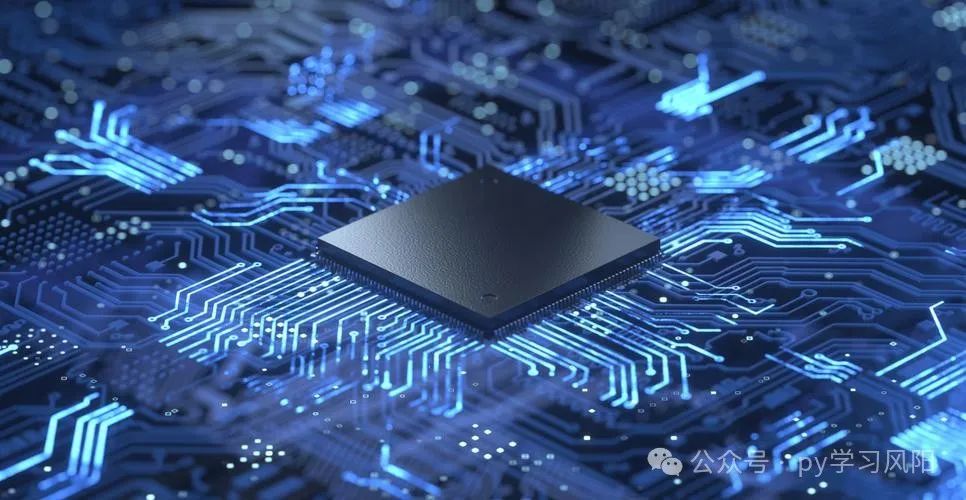Click the blue text to follow
Optimizing ADC sampling accuracy is a key skill in microcontroller development, especially when processing sensor data. An inaccurate ADC sampling result can lead to system failures, such as significant errors in temperature sensors, causing devices to overheat or become too cold. Today, let’s discuss how to improve the accuracy of ADC sampling.

1. Basic Concept: What is ADC?
ADC (Analog-to-Digital Converter) converts analog signals (such as voltage) into digital signals for easier processing by microcontrollers. For example, the voltage signal output from a temperature sensor can only be read and calculated as actual temperature after being converted by the ADC.
Note: The accuracy of an ADC is usually indicated by its “bit depth”. For example, a 12-bit ADC means it can divide the analog signal into 4096 levels (2^12). Higher bit depth means higher accuracy, but it does not guarantee accuracy, as many other factors can affect it.
2. Hardware Circuit Design: Power Supply and Reference Voltage are Key
The accuracy of an ADC largely depends on the reference voltage (Vref). If the reference voltage is unstable, the sampling results will drift. For instance, if you use 3.3V as the reference voltage but the power supply fluctuates, the ADC results will fluctuate accordingly.
Optimization Suggestions:
-
Use a stable reference voltage source, such as a dedicated reference voltage chip (like TL431).
-
If the microcontroller supports internal reference voltage, try to use the internal reference voltage, as it is usually more stable than external power sources.
-
Note: The range of the reference voltage should match the input signal. For example, if the maximum input signal is 1V, using 3.3V as the reference voltage will waste the ADC’s resolution.
3. Software Optimization: Filtering and Calibration
With hardware design done, software cannot lag behind. Noise is unavoidable during ADC sampling, especially in complex environments. We can reduce the impact of noise through software filtering.
Common Filtering Methods:
-
Mean Filtering: Sample multiple times continuously and take the average. For example, sample 10 times, discard the maximum and minimum values, and average the rest.
-
Moving Average Filtering: Update an average value after each sampling, suitable for scenarios requiring high real-time performance.
-
Kalman Filtering: Suitable for dynamic systems but requires significant computation, which may be too much for resource-limited microcontrollers.
Calibration Techniques:
-
Zero Calibration: Record the ADC value with no input signal as the zero offset.
-
Full Scale Calibration: Input a known full-scale signal, record the ADC value, and calculate the proportional coefficient.
Note: Calibration data can be stored in EEPROM to avoid recalibration each time the power is turned on.
4. Practical Application Case: Temperature Sensor Sampling Optimization
Assuming you use an NTC thermistor to measure temperature, the circuit is a simple voltage divider. The resistance of the NTC changes with temperature, causing the voltage at the divider point to change, which the ADC reads and converts to a temperature value.
Problem: The response of the NTC is nonlinear, and directly using the ADC value to calculate temperature will result in significant errors.
Solution:
-
Use a lookup table: Measure the ADC values of the NTC at different temperatures in advance, create a table, and look up the temperature after sampling.
-
Use formula fitting: For example, the Steinhart-Hart equation can convert the ADC value to temperature.
Note: The accuracy of the NTC is affected by its quality and circuit design; selecting a high-precision NTC and appropriate resistance divider ratio is crucial.
5. Common Problems and Solutions
Problem 1: Large fluctuations in ADC sampling values
-
Cause: This may be due to power supply noise or signal line interference.
-
Solution: Increase the filtering capacitor, use shielded cables, or apply software filtering.
Problem 2: Fixed deviation in ADC sampling values
-
Cause: This may be due to inaccurate reference voltage or zero offset.
-
Solution: Calibrate the reference voltage and zero offset.
Problem 3: Slow sampling speed
-
Cause: This may be due to a long sampling period or time-consuming filtering algorithms.
-
Solution: Adjust the ADC clock division and optimize the filtering algorithm.
6. Practical Suggestions
-
Hands-on Experiment: Use a multimeter to measure the reference voltage to ensure its stability. If it fluctuates significantly, check the power supply design.
-
Code Debugging: Write a simple ADC sampling program, add mean filtering, and observe the changes in sampling values.
-
Calibration Testing: Test the ADC with a known voltage source, record the sampling values, calculate the error, and calibrate.
Note: During debugging, you can print the ADC values via the serial port for easy observation and analysis.
You spent · reading this
Click  before you go!
before you go!